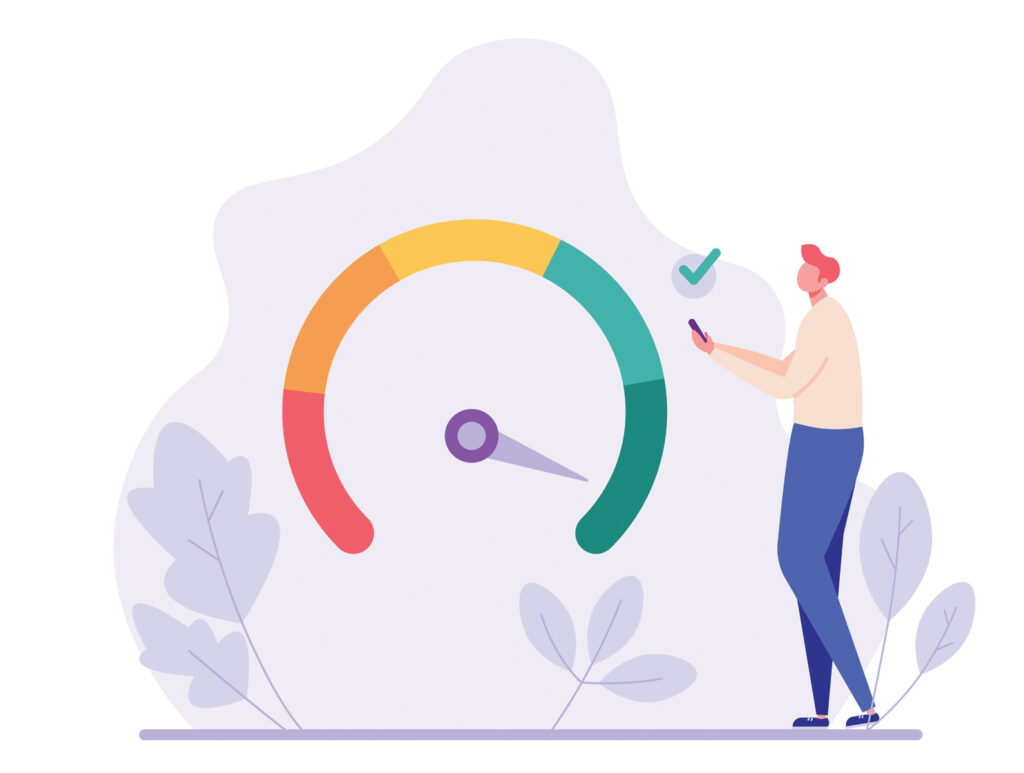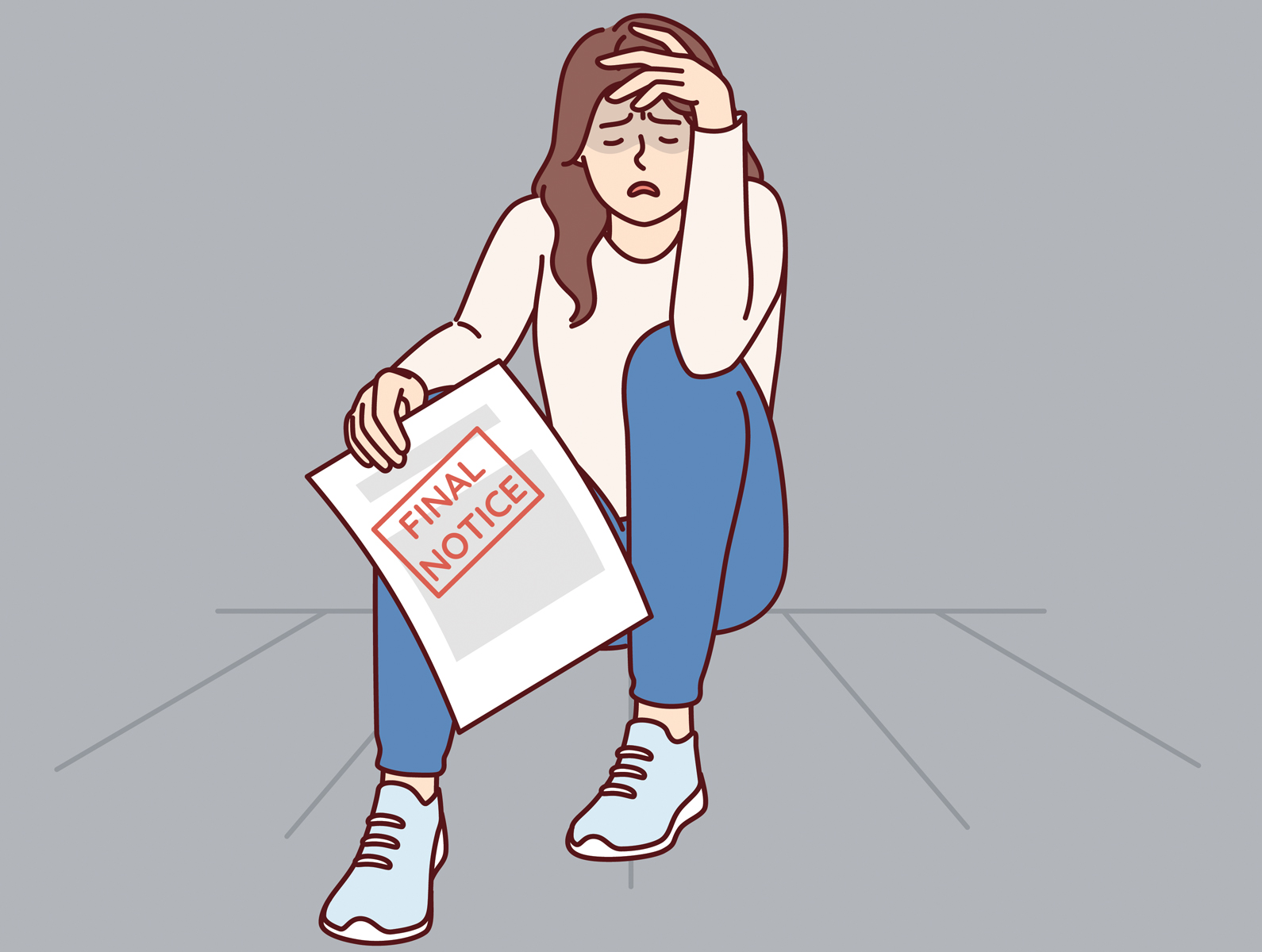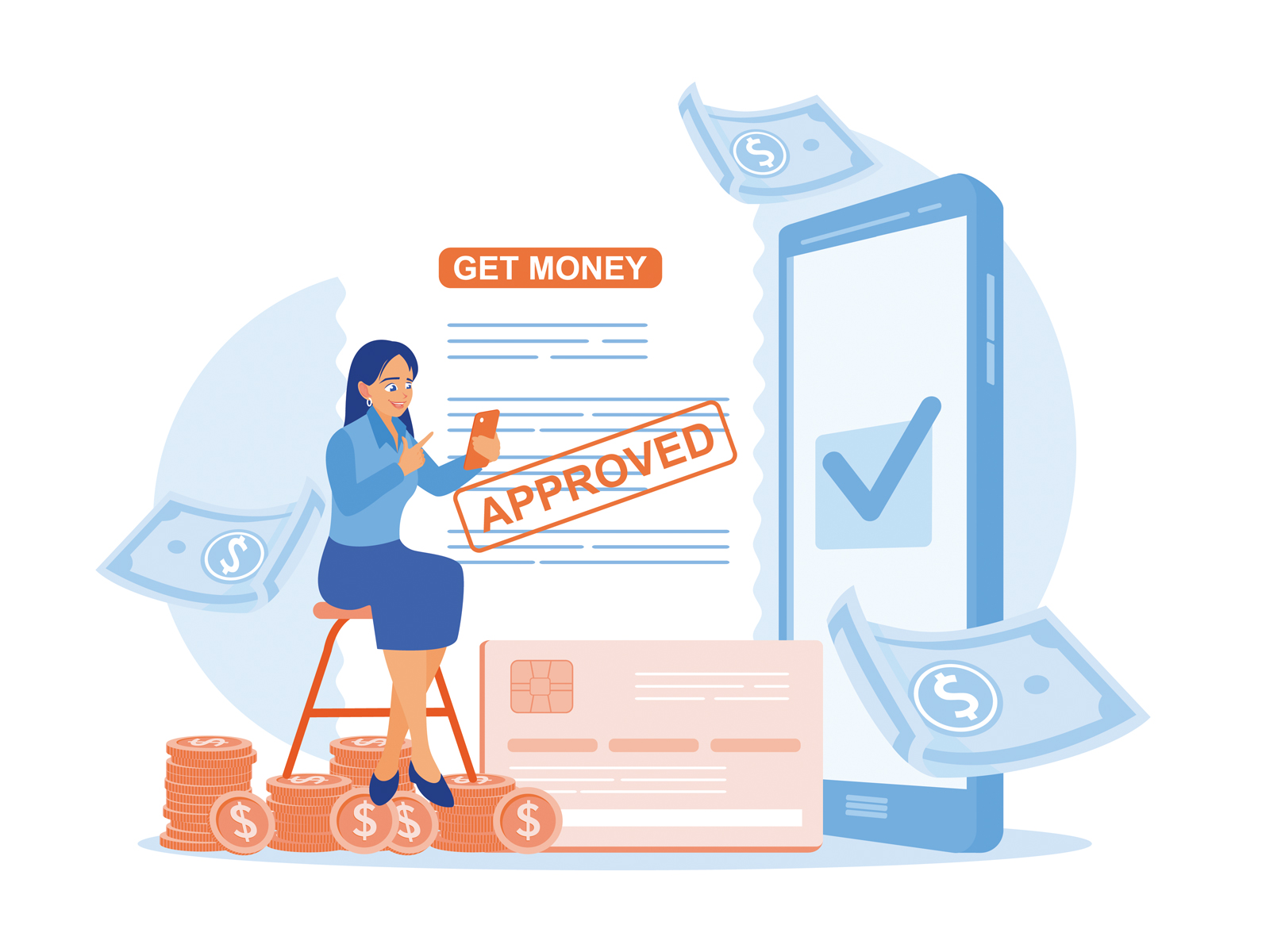Your credit score is like a financial report card – it tells lenders how reliable you are with money.
A higher score can open doors to better interest rates, faster approvals, and more flexible loan terms. But if your score’s not looking too flash right now, don’t panic. A low score isn’t a dead end – especially when you’ve got the right help.
At Loansmart, we’ve spent years helping Kiwis bounce back from financial hiccups. Whether you’ve missed a few payments in the past, dealt with unexpected expenses, or been turned down by the bank, we know how to help you get back on your feet.
Let’s run through seven practical steps you can take over the next six months to give your credit score a healthy boost.
Why Credit Scores Matter
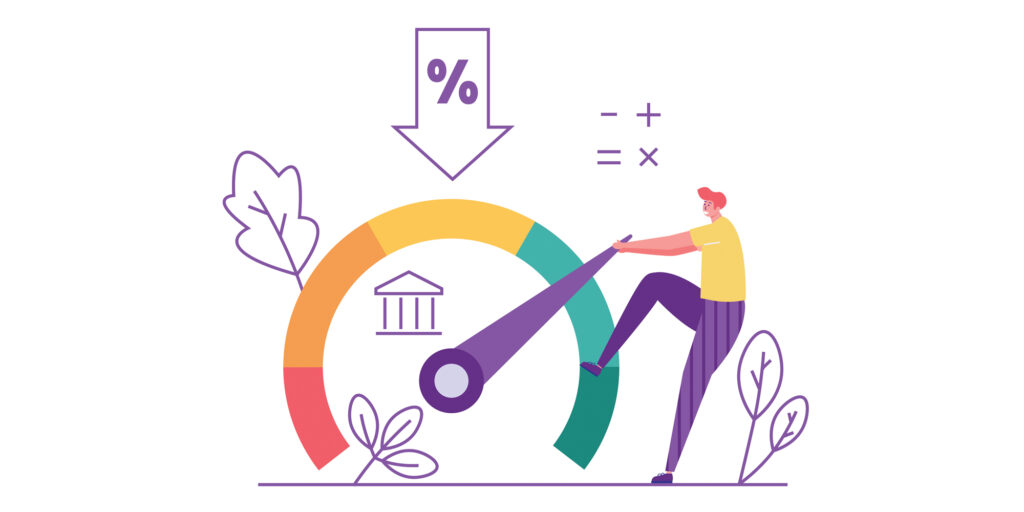
In simple terms, a credit score shows how trustworthy you are as a borrower. Lenders look at your score when deciding whether to approve your application, what interest rate to offer, and what repayment terms to give you.
Here’s why a good score is worth aiming for:
- Better chances of approval – Lenders see you as less risky.
- Lower interest rates – A good score often unlocks the best deals.
- More flexible terms – You’re more likely to get repayment plans that suit your budget.
But here’s the good news – even if your score is less than perfect, Loansmart can still help. We specialise in second-chance loans, bad credit loans, and debt consolidation options that can set you up for success. While you work on improving your score, we can still find you fair, affordable solutions right now.
How To Increase Your Credit Score
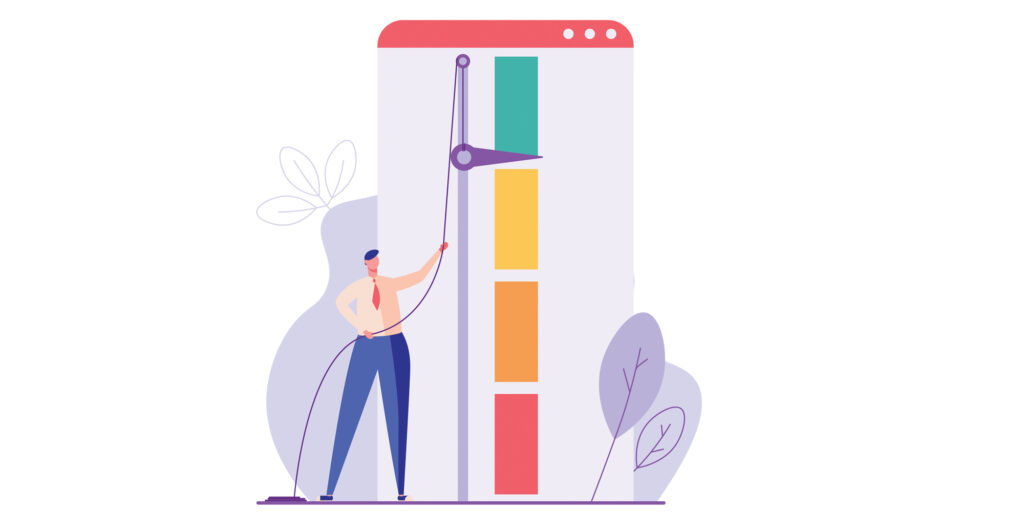
1. Pay Your Bills on Time – Every Time
This one’s non-negotiable. Payment history makes up a big chunk of your credit score. Late or missed payments can drag your score down quickly.
Pro tip: Set up direct debits or reminders to make sure you never miss a due date. Even paying the minimum amount on time is better than paying late.
2. Tackle Outstanding Debts
If you’ve got multiple debts, create a plan to start paying them down. Lenders like to see that you’re actively reducing your balances.
You could: Focus on paying off the smallest debt first (the “snowball” method) for quick wins. Or pay off the highest interest debt first (the “avalanche” method) to save money.
If your repayments are unmanageable, talk to Loansmart about a debt consolidation loan – it can combine your debts into one payment with a lower interest rate.
3. Keep Credit Card Balances Low
Your “credit utilisation” – the percentage of your available credit you’re using – can have a big impact on your score. Aim to keep it below 30%.
Example: If you have a $5,000 limit, try not to carry a balance higher than $1,500. This shows lenders you’re not maxing out your cards and can manage credit responsibly.
4. Avoid Applying for Too Much Credit at Once
Each time you apply for a loan or credit card, the lender runs a check on your credit report. Too many applications in a short time can lower your score, as it may look like you’re desperate for credit.
5. Check Your Credit Report for Errors
Mistakes happen. Your credit report could contain errors like incorrect payment history or accounts you didn’t open. These can hurt your score unnecessarily.
You can request a free credit report from New Zealand’s main credit reporting agencies (Centrix, Equifax, and illion). If you spot an error, contact the agency to get it fixed.
6. Keep Old Accounts Open (If They’re in Good Standing)
The length of your credit history also plays a role in your score. If you’ve got an old credit card or account you no longer use, consider keeping it open (as long as there are no fees and it’s in good standing).
This can help improve your score by showing a longer track record of responsible borrowing.
7. Build Positive Credit History
If your credit file is thin or mostly negative, you’ll need to start adding positive information. This could mean:
- Using a credit card for small purchases and paying it off in full each month.
- Taking out a small personal loan and repaying it on time.
- Opening a phone or power account and always paying your bill on time.
Loansmart can help with second-chance loans designed to give you the opportunity to rebuild your credit while meeting your financial needs.
The Loansmart Difference – Helping You Get Back on Track

We get it – life happens. A financial setback doesn’t define you. What matters is what you do next.
Here’s how we help:
- More options, less stress – We work with a network of low-cost lenders to find the right loan for you.
- Higher approval rates – Even if the bank has said no, we may be able to say yes.
- No multiple applications – One application gives you access to multiple lenders.
- Fair, affordable solutions – We focus on what you can comfortably afford.
- Fast service – Apply online in just 2 minutes, with same-day payment* possible.
By combining our smart lending options with your efforts to improve your credit score, you can put yourself in a stronger financial position within just six months.
Ready to take the first step?
*Subject to responsible lending checks and criteria.


